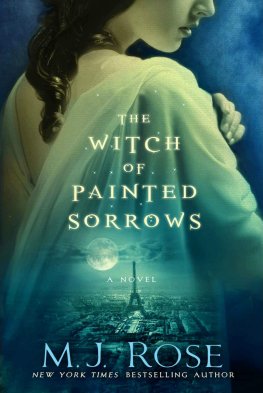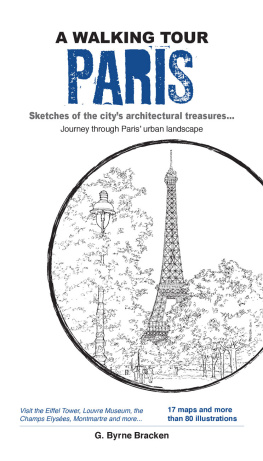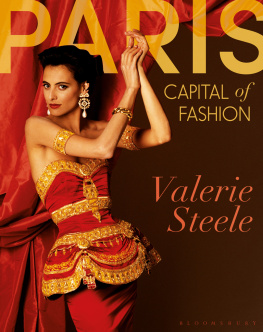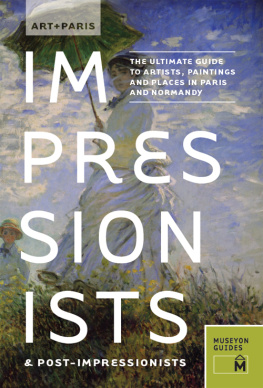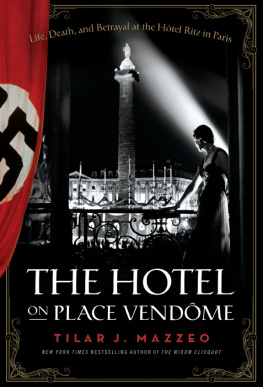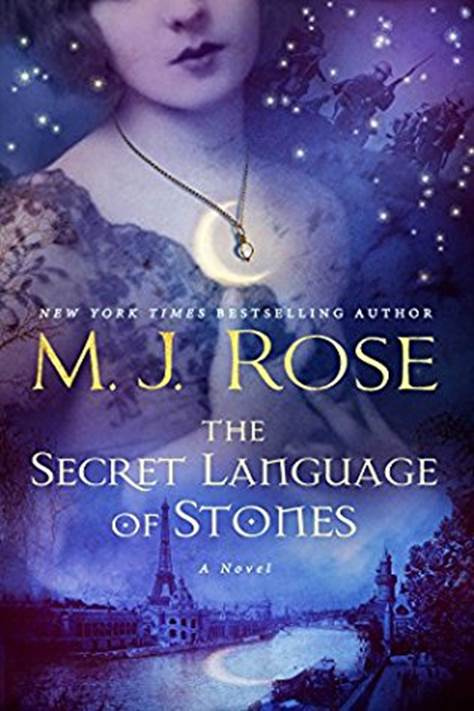
M. J. Rose
The Secret Language of Stones
The second book in the Daughter of La Lune series, 2016
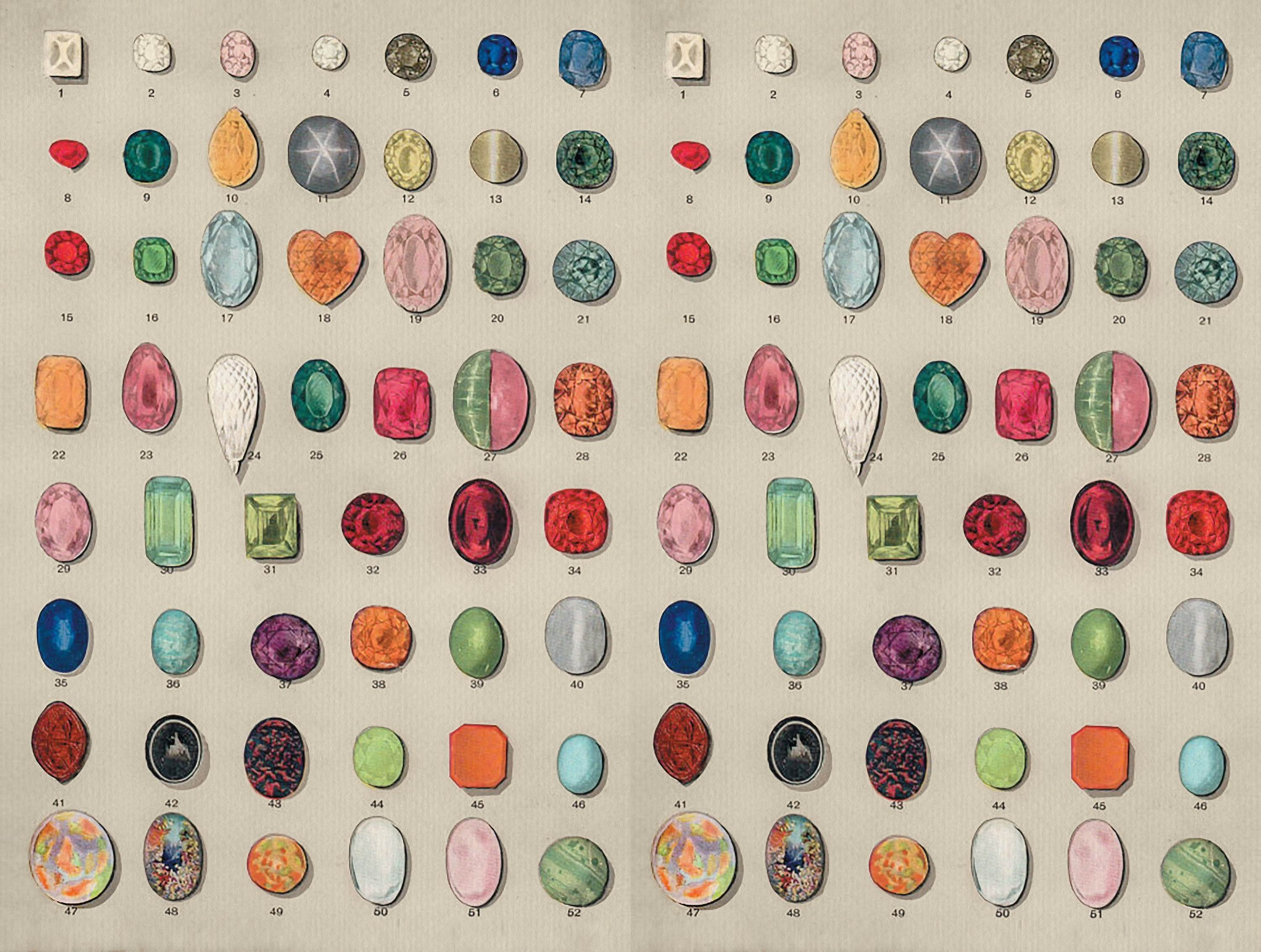
To my dear friend Alyson Gordon, who heard a one line idea and helped me find its story. And to Paris-my inspiration.
I love you as certain dark things are to be loved, in secret, between the shadow and the soul.
PABLO NERUDA
Every morning the pavement in front of our shop in the Palais Royal is washed clean by the tears of the mothers of dead soldiers, widowed wives, and heartsick lovers.
Look to the right and left. There is grit and grime in front of Giselles Glove Emporium and the family Thibauts umbrella store, but at La Fantaisie Russe, the walkway is sparkling like newly polished stones.
Here inside the mythic Palais Royal arcade, the stores are not as busy as they were before the war, except for ours. In fact, its the war thats responsible for our steady stream of clients.
There is nothing to identify what we offer in advertisements.
Visitezle Palais Royal, invites the dark-haired seductress in the prewar poster painted by a friend of my mothers, who signs his work simply PAL. The posters, first printed more than a dozen years ago, have been reprinted often, and you can see them, a bit worn and faded, plastered onto kiosks on rue de Rivoli.
Unlike the women who come to see me, the lady in the poster is untouched by war. Swathed in pearls around her neck and wrists and crowned with an elaborate bejeweled headdress, she smiles at potential shoppers. Her low-cut, jewel-studded teal gown shows off her creamy skin and ample breasts. Her delicate fingers, decorated with the loveliest diamond rings, beckon and point to the arcade, showing clients the way.
Walk in through the main entrance, a stone archway stained with centuries of soot, down the pathway, past the fountain, through the Palaiss gardens, halfway to the end but wait Before you turn right toward the shops, stop and admire the magic of the garden first planted over two hundred years ago.
Some of the most glorious roses in all of Paris grow here, and even now, in the midst of all our strife and sadness, the air is fragrant with their perfume. The flowers dont care that their blood-red petals and razor-sharp thorns remind mothers and wives of loved ones lives cut short, stolen by the war. The bees dont either. On some afternoons, their buzzing is the loudest noise you hear. On others, just an accompaniment to the drone of the air-raid sirens that frighten us all and send us running for shelter.
In PALs advertisement, in the bottom left corner, is a list of the shops in this oasis hidden away from the bustle of Paris.
Under MaisonsNotables & Recommandes, jewelers are the first category. Our store is listed at the top. After all, Pavel Orloff trained with the famous Faberg, who is a legend even here in the land of Cartier, Fouquet, Boucheron, and Van Cleef and Arpels.
La Fantaisie Russe is tucked in at number 130. There are a total of six jewelry stores in the arcades beneath what were once royal apartments built in the mid-1600s by Cardinal Richelieu so he could be close to the king. In the late 1700s, Philippe galits theater was built and elite stores moved into the arcades facing the glorious inner courtyard.
Royalty no longer resides here. Rather, the bourgeoisie inhabit the apartments, including the well-to-do shopkeepers who live above their stores, famous writers and poets, established actors, dancers, directors, and choreographers. The theater in the east wing of the complex draws the creative here despite the darkness inhabiting this ancient square. For the Palais is not without its tragedy. galit himself was beheaded here, and some say his ghost still roams his apartments late at night.
Monsieur Orloffs wife, Anna, whose amethyst eyes see more than most, has warned me about the spirits haunting this great and complicated warren of stores, residences, basements, and deep underground tunnels. But its not just the dead who contribute to the mist of foreboding that sometimes falls on the Palais. The miasma of dread that seems to issue forth from the ancient stones themselves is perpetuated by the living as well.
Behind the closed doors and lowered window shades, in the shadowy stairwells and dusty attic rooms, scandals are enacted and secrets told. Some of the elegant quarters are sullied by brothels and others by gambling dens.
Rumors keep us up at night with worry that German spies crisscross under the Palais as they move around the tunnels and catacombs beneath the citys wide boulevards and grand architecture.
But for all its shadows, with so much tragedy in Paris, in France, in Europe, in all the world, our strange oasis is all the more precious. Physically untouched by the war, the Palaiss fountain and gardens offer a respite from the day, from the year. Her stores are a distraction. All of them, including number 130. The doorway to marvelous displays of precious gems and gleaming objects of adornment but also the unknown, the occult, and the mystical. Number 130, the portal to the necromancer, to me.
JULY 19, 1918
Are you Opaline? the woman asked before she even stepped all the way into the workshop. From the anxious and distraught tone of her voice, I guessed she hadnt come to talk about commissioning a bracelet for her aunt or having her daughters pearls restrung.
Though not a soldier, this woman was one of the Great Wars wounded, here to engage in the dark arts in the hopes of finding solace. Was it her son or her brother, husband, or lovers fate that drove her to seek me out?
France had lost more than one million men, and there were battles yet to be fought. Wed suffered the second largest loss of any country in any war in history. No one in Paris remained untouched by tragedy.
What a terrible four years wed endured. The Germans had placed La Grosse Bertha, a huge cannon, on the border between Picardy and Champagne. More powerful than any weapon ever built, she proved able to send shells 120 kilometers and reach us in Paris.
Since the war began, Bertha had shot more than 325 shells into our city. By the summer of 1918, two hundred civilians had died, and almost a thousand more were hurt. We lived in a state of anticipation and readiness. We were on the front too, as much at risk as our soldiers.
The last four months had been devastating. On March 11, the Vincennes Cemetery in the eastern inner suburbs was hit and hundreds of families lost their dead all over again when marble tombs and granite gravestones shattered. Bombs continued falling into the night. Buildings all over the city were demolished; craters appeared in the streets.
Three weeks later, more devastation. The worst Paris had suffered yet. On Good Friday, during a mass at the Saint-Gervais and Saint-Protais Church, a shell hit and the whole roof collapsed on the congregation. Eighty-eight people were killed; another sixty-eight were wounded. And all over Paris many, many more suffered psychological damage. We became more worried, ever more afraid. What was next? When would it happen? We couldnt know. All we could do was wait.
In April there were more shellings. And again in May. One hit a hotel in the 13th arrondissement, and because Berthas visits were silent, without warning, sleeping guests were killed in their beds.
By the middle of July, there was still no end in sight.
Next page

